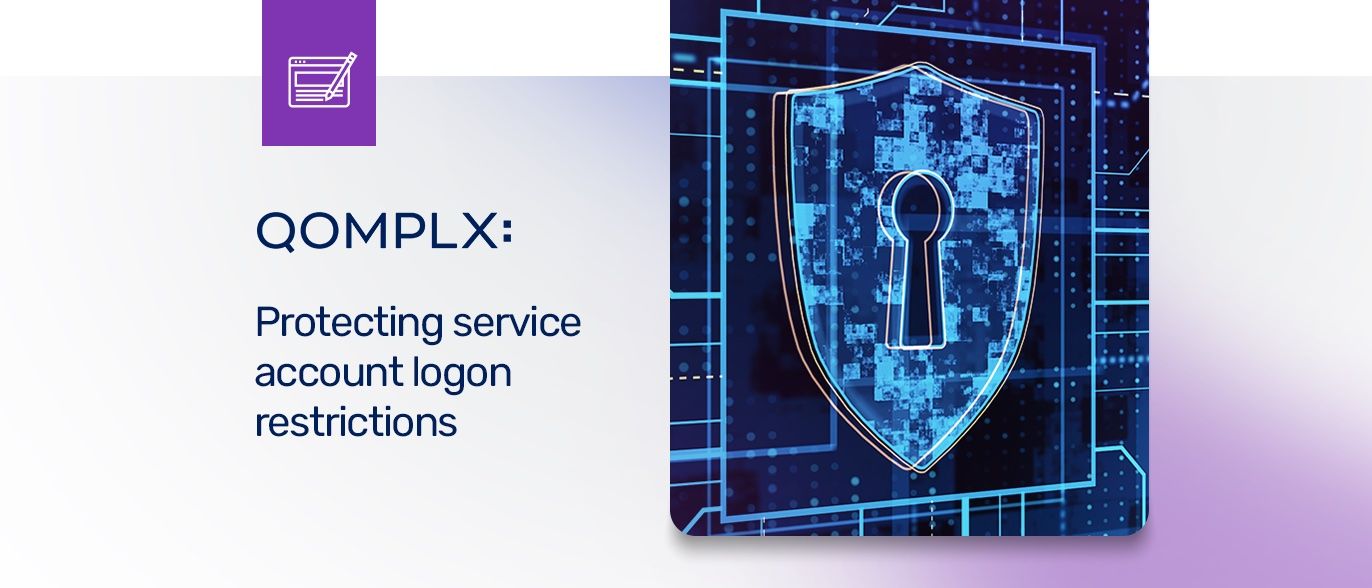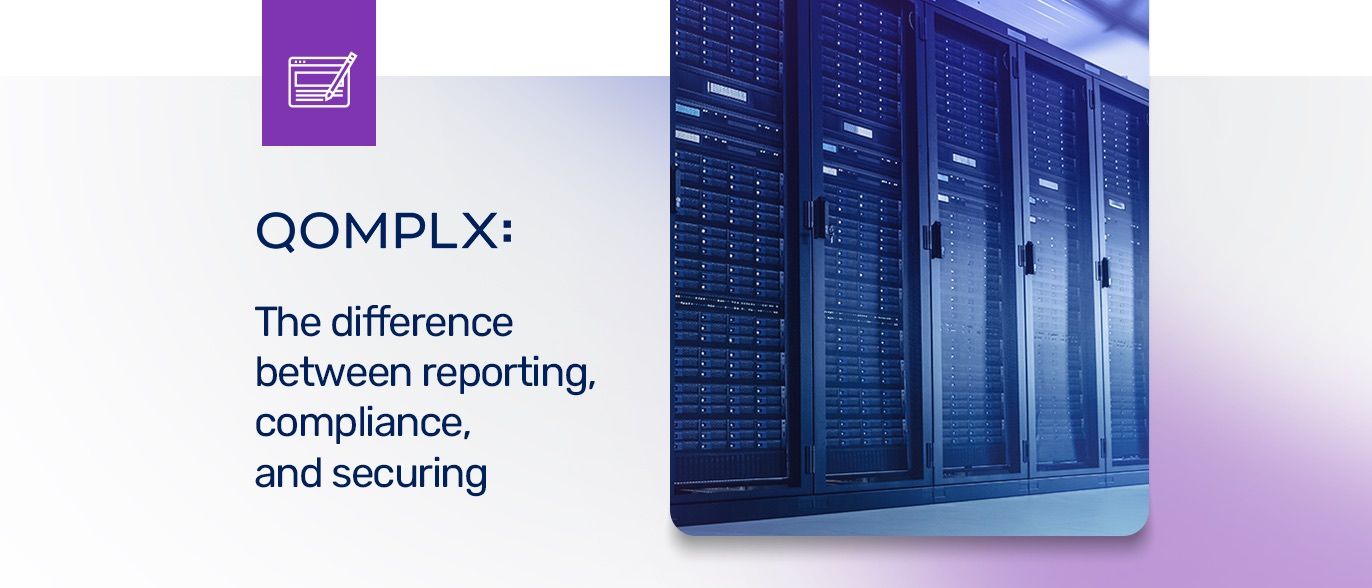Service accounts are a common target for cyber attacks, as they often have elevated privileges and access to sensitive information. Service accounts are often used to run background services, execute automated tasks, or provide access to resources. As a result, it is crucial to implement logon restrictions to protect these accounts from unauthorized access.
What are logon restrictions for service accounts?
Logon restrictions for service accounts are security controls that restrict when and where a service account can log on to a system. These restrictions can include:
- Logon time restrictions: The logon time restrictions limit the hours during which a service account can log on to a system.
- Logon device restrictions: The logon device restrictions limit the devices from which a service account can log on to a system.
Why are logon restrictions important for service accounts?
Logon restrictions are important for service accounts because they help to reduce the risk of a successful attack. For example, by limiting the hours during which a service account can log on, an attacker cannot gain access to the system outside of the allowed logon hours. By limiting the devices from which a service account can log on, you can ensure that access to the system is restricted to trusted devices.
How to implement logon restrictions for service accounts
Within AD for each service account, you can associate the time and device restrictions. This will have a dramatic effect on overall security and risk, not to mention each service account will also be documented within the system for where it is configured.
Regularly monitor the logon restrictions to ensure that they are being applied correctly. This includes reviewing the logs for any attempts to log on from unauthorized devices or outside allowed logon hours.
Conclusion
Logon restrictions for service accounts are an important security control for protecting these accounts from unauthorized access. By configuring the restrictions, and regularly monitoring the restrictions, you can reduce the risk of a successful attack.





